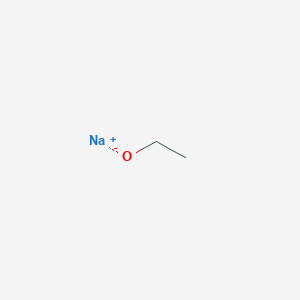The judgment of fish floating heads depends on the time when the fish start to float, the location of the floating area, the size of the floating cluster, and the type of fish involved. Understanding these signs can help in identifying the health of the pond ecosystem and taking timely actions.
1. Light Floating Head. This usually occurs before sunrise, when fish move toward the center of the pond or the surface where the wind is blowing. You may notice small water splashes on the surface. The dissolved oxygen level in the water is typically between 2-3 mg/L, which is considered normal. These floating behaviors are often temporary and not a cause for concern.
2. Early Morning Float. This commonly happens at dawn, with fish gathering near the center of the pond or on the surface. The floating area is usually small, and fish may rise and sink quickly. Dissolved oxygen levels are around 2 mg/L, which is still within a normal range. These signs are often natural and do not indicate serious problems.
3. General Floating Head. This occurs about 1-2 hours before sunrise. Fish tend to gather in the middle of the pond, forming a larger floating area. When disturbed, they may stay on the edges for a while before sinking. Some wild fish may appear unbalanced, but no dead fish are typically observed. At this stage, dissolved oxygen levels drop below 2 mg/L, signaling a potential risk if not addressed.
4. Heavy Floating Head. This starts around midnight, with fish floating across the entire pond, especially near the edges. Most fish are in an anoxic state and do not respond to disturbances by sinking. Dead wild fish may be found along the shore. Dissolved oxygen levels fall to 1-1.5 mg/L, indicating a critical situation. Immediate aeration measures must be taken to prevent mass fish deaths.
5. Severe Oxygen Depletion (Pan Tong). This condition starts earlier than usual, often accompanied by poor water quality. A foul smell may be noticeable near the pond’s edge. All fish are floating, breathing rapidly, and showing signs of weakness. More dead fish may be found over time. If oxygenation is not provided immediately, the entire fish population could be lost. This is a severe warning sign that requires urgent action.
Recognizing these different types of floating behavior helps pond managers take appropriate steps to maintain healthy aquatic conditions and prevent fish losses. Regular monitoring of water quality and oxygen levels is essential for effective pond management.
Sodium Ethoxide CAS No.141-52-6
Sodium Ethoxide Basic Information
CAS: 141-52-6
MF: C2H5NaO
MW: 68.05
EINECS: 205-487-5
Mol File: 141-52-6.mol
Sodium Ethoxide Structure

Melting point 260 °C
Boiling point 91°C
density 0.868 g/mL at 25 °C
vapor density 1.6 (vs air)
vapor pressure <0.1 mm Hg ( 20 °C)
storage temp. Store at R.T.
solubility Soluble in ethanol and methanol.
form Liquid
PH 13 (5g/l, H2O, 20℃)
Water Solubility Miscible
Stability: Reacts violently with acids, water. Incompatible with chlorinated solvents, moisture. Absorbs carbon dioxide from the air. Highly flammable.
Sodium Ethoxide,Sodium Ethoxide Formula,Sodium Ethoxide Structure,Sodium Methoxide Formula,Sodium Ethoxide In Ethanol Oxide Density
Shandong YingLang Chemical Co.,Ltd , https://www.sdylhgtrade.com